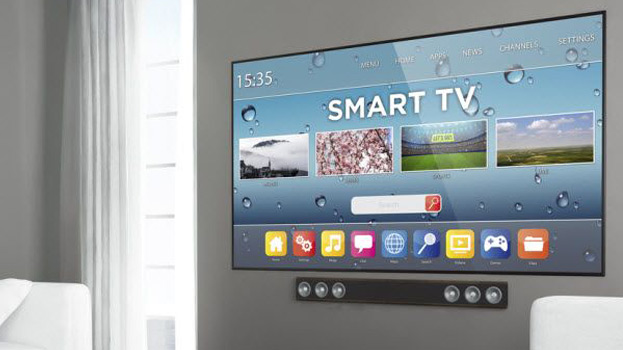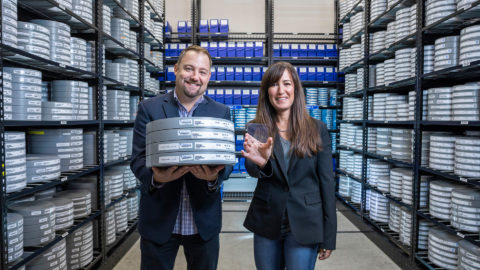IT Solutions: 5G might be far more life-changing than many think
Sometimes it is diffcult to realise how great a technology is until you are forced to use previous generations.
Dropping down from 4G to 3G makes mobile data feel like it is wading through treacle, and dropping from 3G to GPRS is even worse. Once 5G arrives, we will feel the same way about 4G. The tech industry likes to claim that every new thing it comes up with will change the world – but 5G genuinely might.
5G is shorthand for the fifth generation of mobile data communications, but there is nott a single 5G standard. It’s a catch-all term for the technologies that will deliver next-generation mobile broadband, and those technologies are expected to be in widespread use by 2020.
5G is significant because it isn’t just about making mobile data faster; it’s about creating a network that can cope with not just the demands of today, but the demands of the future – a future where pretty much everything is connected to everything else.
Samsung has achieved data transfer speeds of 7.6Gbps, Nokia 10Gbps and the University of Surrey 1Tbps over wireless connections, although that’s in the lab; in real-world conditions last year, NTT Docomo and Huawei achieved 3.6Gbps, which is still more than ten times faster than 4G LTE.
And 5G is likely to get even faster than that. There’s a consensus that 10Gbps should be doable – at that speed, a HD movie would take around four seconds to download.
Speed is indeed important, but capacity matters just as much. 5G aims to address this issue as well, and it is likely to do so by abandoning the crowded radio spectrum used by existing networks in favour of higher-frequency bands (currently used for satellite communications, but not for ordinary mobiles), or by making better use of the existing spectrum, or through a combination of both.
That is important, because with many devices the problem is not the speed of the connection; it is the latency, which is the gap between asking for something and getting it.
With the internet of things connecting billions of devices from cameras to cars – forecasts suggest 50 billion devices by 2020 – even 4G will struggle to deliver data instantly.
Low latency does not just matter for gaming and video – as more things get connected and rely on those connections, latency becomes even more important. For example, a connected car that is telling the closely packed cars behind that it is braking needs to do so in a millisecond, or things get problematic.
Low latency and high speeds also mean devices will spend less time connected – which is quite a good thing considering that there will be 50 billion internet of things devices uploading and downloading data.
For more information and a personalized IT Solutions business offer, please contact us.
Source: www.techradar.com



